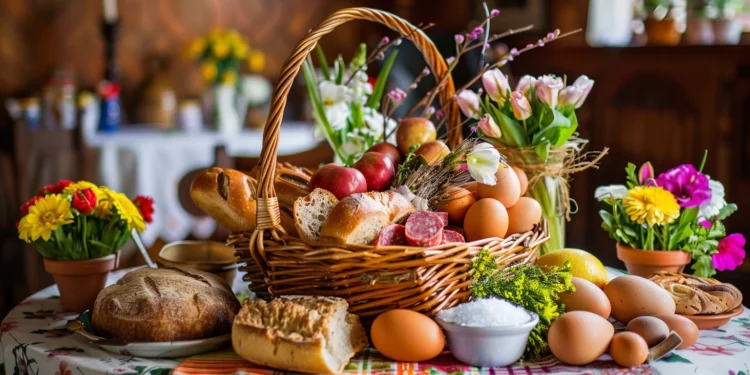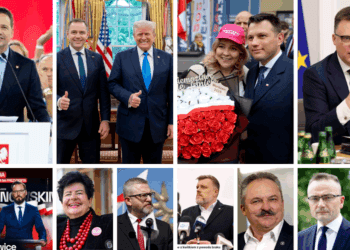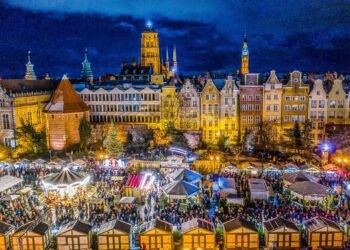The Polish Easter Basket, or Święconka, is a vivid tapestry of Poland’s Catholic faith and its deep-rooted cultural traditions. This guide embarks on a journey through time to explore the Święconka, a symbol of hope, renewal, and the triumphant spirit of Easter. From the selection of items that fill the basket to their rich symbolic meanings and the contemporary celebrations that keep this tradition alive, we delve into the heart of Polish Easter to understand how these practices have endured and evolved.
Święconka holds a special place in the Polish Easter tradition. On Holy Saturday, families prepare and decorate baskets with a variety of foods to be blessed at church. This ritual, deeply intertwined with Poland’s Catholic faith, signifies the end of Lent and the anticipation of Easter Sunday’s feast. The custom dates back to the 7th century, though it has evolved over the centuries, reflecting changes in society, agriculture, and religious practices.
What Goes into the Basket:
The contents of the Święconka are carefully chosen, each with its own symbolic meaning, reflecting themes of sacrifice, resurrection, and joy. Here’s a breakdown of the traditional items:
- Eggs (Jajka): Symbolizing new life and Christ’s resurrection. Often, these are beautifully decorated as pisanki, incorporating various techniques and designs that have been passed down through generations.
- Bread (Chleb): Represents Jesus Christ as the Bread of Life. It’s a reminder of the sustenance and blessings received throughout the year.
- Salt (Sól): A symbol of purification and the necessity of life. It reminds Christians of their duty to be the “salt of the earth.”
- Meat (Wędliny): Usually ham or sausage, symbolizes abundance and joy. It represents the joy and abundance of Christ’s resurrection.
- Horseradish (Chrzan): Its bitterness reminds Christians of the Passion of Christ and the harshness of life, while its strength signifies physical and spiritual strength.
- Butter (Masło): Shaped into a lamb or a cross, signifies the goodness of Christ that we should emulate. The lamb also represents Christ as the Lamb of God.
- Cheese (Ser): Symbolizes the moderation Christians should have in all things.
- Cake (Babka): Represents the skills and talents of the baker, also symbolizing joy and the sweetness of life.
The basket, often lined with a white linen cloth symbolizing purity and covered with a handmade lace or embroidered napkin, represents the covering of Christ’s shroud. Sprigs of greenery or pussy willows may adorn the basket, symbolizing spring and renewal. The meticulous preparation and decoration of the basket reflect the reverence of the tradition and the anticipation of Easter’s promise.
Current Celebrations:
Today, the blessing of the Easter baskets remains a vibrant tradition in Poland and among Polish communities worldwide. The ceremony, typically held on Holy Saturday, sees churches filled with families and their carefully prepared baskets. This practice not only reinforces the spiritual significance of Easter but also serves as a cultural gathering, strengthening community bonds.
While the essence of the tradition remains unchanged, modern adaptations can be seen in the variety of foods blessed and the inclusion of non-traditional items, reflecting personal and family preferences. The fusion of old and new exemplifies the dynamic nature of cultural traditions, allowing them to endure and flourish in contemporary settings.
The Święconka is a beautiful tapestry of faith, culture, and tradition that enriches the Polish Easter celebration. It encapsulates themes of renewal, joy, and community, bridging the past with the present. As families gather to prepare their Easter baskets, they are not only participating in a ritual steeped in symbolism but also forging memories and connections that transcend generations.
Through the Święconka, we see the resilience and adaptability of cultural traditions, their ability to retain their core meanings while embracing change. This guide serves as a window into the soul of Polish Easter, offering insights into a practice that continues to inspire and unite, reminding us of the enduring power of faith, hope, and renewal.


















